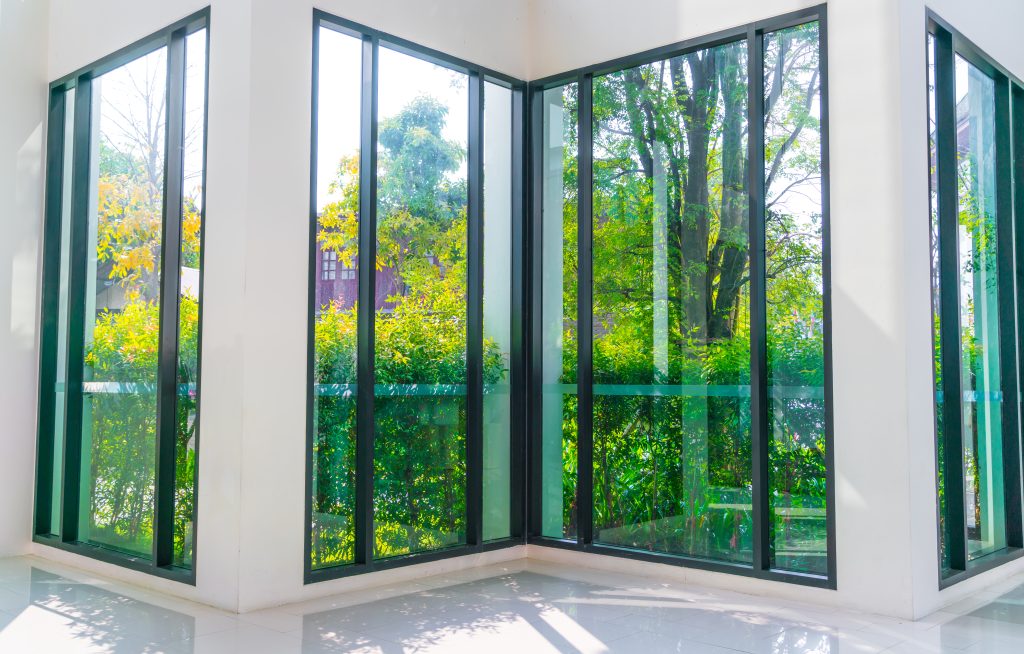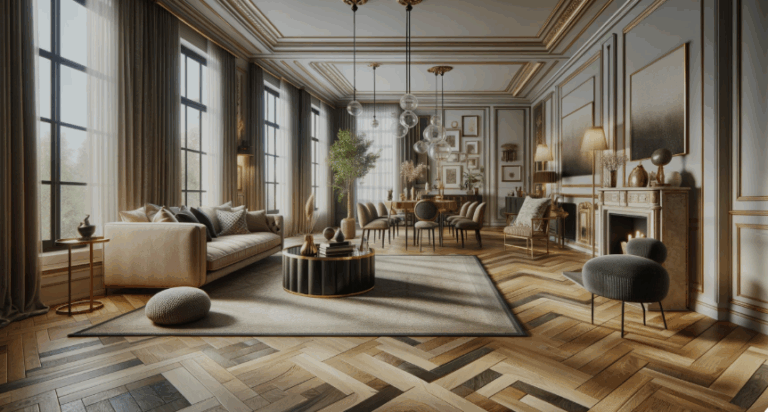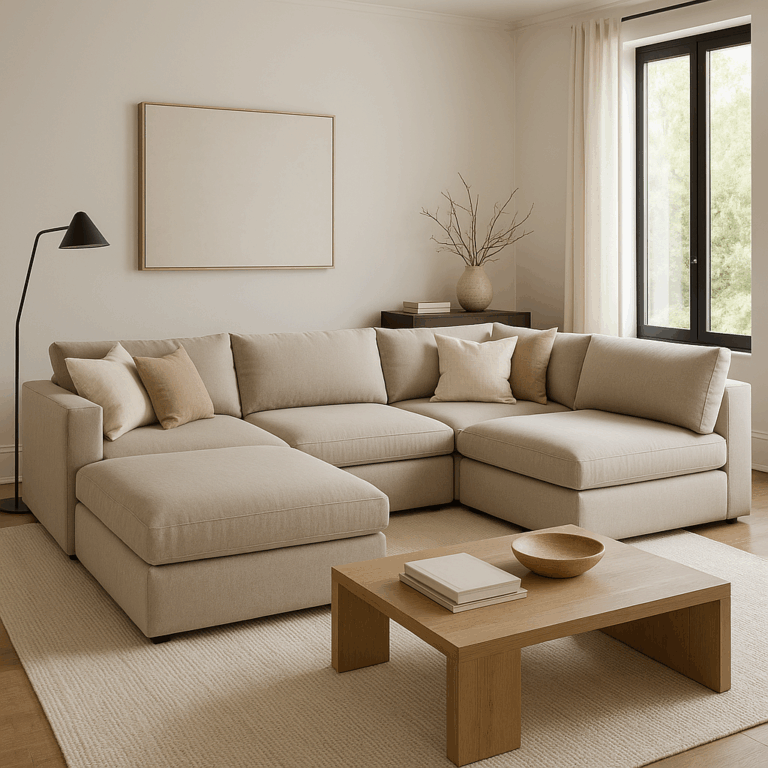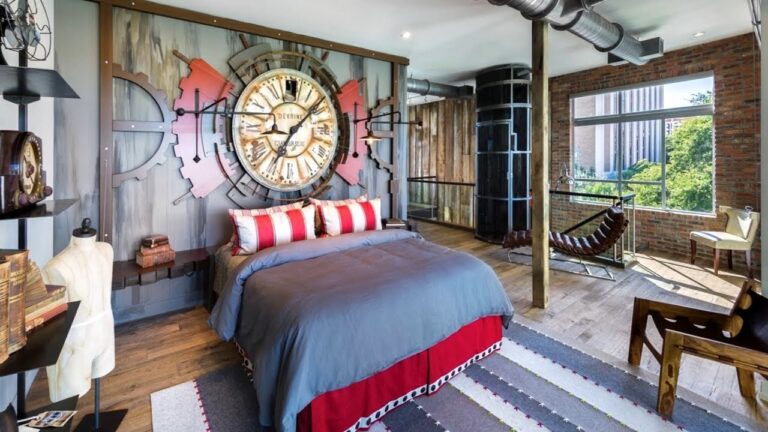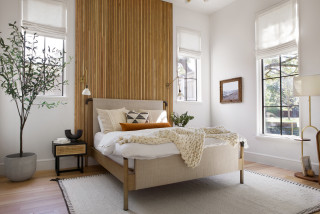Ultimate Guide to Energy Efficient Interiors for Sustainable Living
Designing energy-efficient interiors isn’t just eco-friendly, it’s smart living. From cutting your energy bills to boosting comfort and home value, this guide delves into techniques, benefits, real products, and expert tips to make interiors sustainable without sacrificing style.
What Are AreEnergy-Efficientt Interiors?
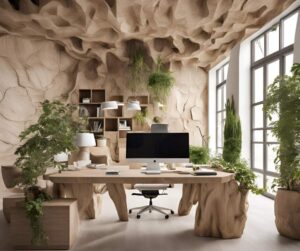
Energy-efficient interiors are spaces thoughtfully designed to minimize energy use while maximizing comfort. This includes:
-
Maximizing natural light and thermal efficiency
-
Using low‑energy appliances, fixtures, and smart systems
-
Incorporating insulation, airtightness, and sustainable materials
According to the U.S. Department of Energy, energy-efficient renovations can reduce utility costs by up to 25%.
Creating these spaces requires a combination of design foresight, material choices, and technological integration.
Key Benefits of Energy-Efficient Interiors
- Significant Cost Savings
- High-performance designs can cut heating and cooling bills by 10–25% annually. Combined with energy-efficient lighting, appliances, and smart thermostats, savings quickly accumulate.
- Enhanced Comfort & Air Quality
- Better insulation, airtight construction, and efficient HVAC systems eliminate drafts and humidity swings. Enhanced ventilation improves indoor air quality.
- Increased Property Value
- Homes with energy-efficient features typically sell faster and at premium prices, often fetching 2–8% more.
- Environmental Benefits
- By reducing energy consumption, energy-efficient interiors help cut greenhouse gas emissions and reliance on finite resources.
- Healthier & Quieter Living
- Advanced insulation and smart systems reduce outside noise and eliminate exposure to harmful materials, supporting better health and rest.
Proven Strategies for forEnergy-Efficientt Interiors
- Natural Light Optimization
- Position rooms and windows to capture daylight. Use reflective surfaces like light-colored paints and mirrors to distribute light deeper into interiors.
- Airtight & Insulated Envelopes
- Seal gaps and layer insulation in walls, ceilings, and floors. Add insulated window treatments or double/triple glazing to retain indoor temperatures.
- Smart Climate Control
- Programmable and learning thermostats regulate heating and cooling efficiently, saving as much as 10% per year.
- LED & Task Lighting
- Switch to LED bulbs, which use about 75% less energy than incandescent bulbs and last much longer. Combine ambient lighting with task lights to reduce overall consumption.
- Energy-Saving Fixtures & Appliances
- Energy Star-certified windows, ventilation, HVAC units, and Smart devices significantly reduce energy usage while improving performance.
Five Energy-Saving Products for Your Home
Google Nest Thermostat
This smart thermostat learns your schedule, adjusts temperatures automatically, and can save you around 10–12% on heating and 15% on cooling annually.
Use Case: Ideal for homes where occupants want smart automation and remote control.
Benefits:
-
Learning schedule saves energy without sacrificing comfort
-
Remote app access and energy reports
-
Simple installation compatible with most HVAC systems
IKEA SANDVEDEL Roller Blind
A thermal blackout blind that blocks sunlight and retains indoor heat, ideal for large windows or patio doors.
Use Case: Great for bedrooms or living spaces prone to heat gain/loss.
Benefits:
-
Reduces solar heat gain in summer and heat loss in winter
-
Easy to install with a clean, minimalist design
-
Affordable coverage for larger openings
Nutro Chill Roller Blackout Shade
Durable blackout shade that also blocks UV light, reducing the need for cooling.
Use Case: Perfect for bedrooms, media rooms, or sunrooms.
Benefits:
-
Blocks light & UV effectively
-
Improves sleep and protects furnishings
-
Simple pull-down design with energy-saving potential
Vinder LED Spot Downlight 5 W
Efficient recessed LED light with natural white output, ideal for kitchens, hallways, or workspace lighting.
Use Case: Efficient general lighting application with minimal energy use.
Benefits:
-
Consumes only 5W, significantly less than halogens
-
Long lifespan (25,000+ hours)
-
Cool, focused illumination reduces heat impact
Westinghouse LED Wall Fixture 6372000
A sleek LED wall sconce emits warm light that enhances ambiance while using low energy.
Use Case: Ideal for hallways, stairs, or bedroom mood lighting.
Benefits:
-
Energy-efficient LED technology
-
Adds accent lighting without major installation
-
Warm tones maintain cozy aesthetics
How These Products Help You Save
-
Thermostat: Automates climate control to prevent energy waste during empty hours.
-
Blinds & Shades: Improve insulation and reduce HVAC load.
-
LED Lighting: Uses significantly less electricity and generates less heat.
-
Accent Fixtures: Provide atmospheric lighting with minimal energy.
These updates pay back through lower bills while enhancing comfort and sustainability.
Implementing Energy-Efficient Design Room by Room
- Living Room
- Use insulated curtains or thermal blinds, layered lighting with LED, and a smart thermostat to maintain comfort around the clock.
- Kitchen & Bathroom
- Install LED downlights; use shades to reduce humidity and energy loss; ensure appliances are Energy Star-certified.
- Bedroom
- Blackout shades, learning thermostat, and accent LEDs help create sleep-friendly and energy-efficient spaces.
- Hallways & Workspaces
- Deploy LED spotlights or wall fixtures for task lighting and reduce ambient energy drain.
How & Where to Buy Energy-Saving Products
Recommended Retailers:
-
IKEA – Affordable thermal blinds and basic LED fixtures
-
Amazon / eBay – Google Nest, recessed LED kits, blackout shades
-
Lighting specialty shops – Premium LED fixtures and design lighting
-
Home improvement stores – ENERGY STAR-rated appliances and window treatments
Buying Guide:
-
Compare energy certifications and performance data. a
-
Measure accurately, especially for window coverings
-
Ensure compatibility, e.g., smart thermostats with your HVAC system
-
Look for government and utility rebates to reduce upfront costs
Frequently Asked Questions
- How much can I save with energy-efficient interiors?
Homes typically save 10–25% on energy use. Lighting and thermostat upgrades alone yield hundreds in annual savings. - Are energy-efficient upgrades expensive?
While some improvements require upfront investment, rebates, tax incentives, and long-term savings make them financially worthwhile. - Do energy-efficient interiors improve comfort?
Yes, all enhancements not only conserve energy but also increase temperature consistency, air quality, and reduce noise.
